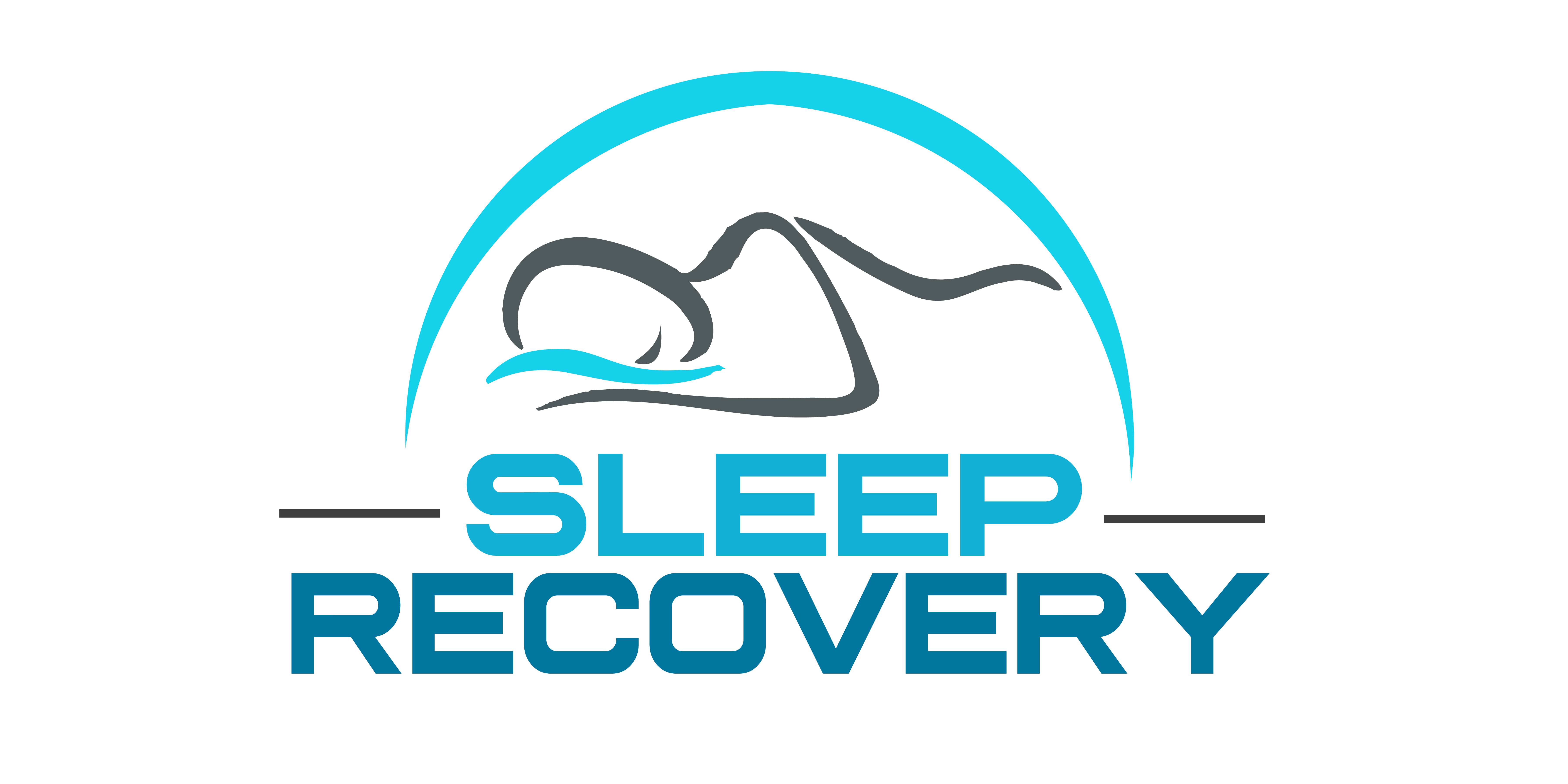Asperger’s Syndrome and Insomnia: EEG Correlates & Intra-Exacerbation

The relationship between Asperger’s syndrome and sleep presents one of neuroscience’s most intriguing puzzles. Dr. Pekka Tani at the University of Helsinki describes it as “a complex interplay between unique neural architecture and fundamental biological rhythms.” Her team’s recent research has unveiled remarkable insights into how the Asperger’s brain processes sleep differently from neurotypical patterns.
The Distinctive Neural Landscape of Sleep
Using advanced EEG analysis and neuroimaging techniques, researchers have identified unique sleep signatures in individuals with Asperger’s syndrome. “We’re observing fascinating patterns that challenge our traditional understanding of sleep architecture,” explains Dr. Tani’s findings reveal modified neural oscillations during NREM and REM sleep states, particularly striking differences in frontal lobe activity and spindle generation.
During deep sleep, individuals with Asperger’s syndrome demonstrate distinct delta wave characteristics. They often show reduced amplitude in frontal regions but enhanced synchronization patterns in temporal areas. This modified architecture influences both sleep quality and subsequent cognitive processing.
Two Age Groups: Developmental Perspectives
The manifestation of sleep-related neural patterns shows marked evolution across the lifespan. Dr. Hiie Allik‘s longitudinal research at Karolinska Institutet
has tracked these changes, revealing fascinating developmental trajectories.
“Children with Asperger’s often exhibit dramatically different sleep onset mechanisms,” Dr. Allik notes. “Their brain activity during the transition to sleep tells a unique story – one of modified sensory processing and altered melatonin dynamics.”
Jenna Owens, diagnosed with Asperger’s in childhood, shares her perspective: “As a child, falling asleep felt like trying to quiet a room full of active conversations. My brain seemed reluctant to shift gears from day to night. As an adult, I’ve learned to recognize and work with these patterns, but they remain distinctly different from what others describe.”
The Social Impact of Disrupted Sleep
The consequences of these unique sleep patterns extend far beyond the bedroom. Researchers describe the cascading effects on his daily life: “After a night of poor sleep, my ability to navigate social situations deteriorates significantly. While I can still manage technical tasks effectively, understanding subtle social cues becomes nearly impossible.”
The effects, revealed through detailed observational studies and neural mapping, reveal how sleep quality directly influences social processing networks in the Asperger’s brain, particularly affecting regions responsible for nonverbal communication and emotional regulation.
“What we’re seeing,” Dr. Allik explains, “is a direct relationship between sleep architecture and social cognitive function. Poor sleep doesn’t just cause fatigue – it fundamentally alters how the brain processes social information.”
Neural Mechanisms and Adaptive Responses
The Asperger’s brain demonstrates remarkable adaptability in response to sleep challenges. Dr. Tracy Warbrick‘s research, utilizing simultaneous EEG-fMRI monitoring, has revealed how neural circuits reconfigure themselves to maintain function under sleep pressure.
“We observe fascinating compensatory mechanisms,” Dr. Warbrick notes. “When sleep-deprived, the brain often enhances analytical processing pathways while modifying emotional regulation circuits. This adaptation helps maintain core functions but can further impact social interaction capabilities.”
Amplitude-Based Neurofeedback: The Sleep Recovery Program
The application of amplitude-based neurofeedback (ABN) in sleep disorders among individuals with Asperger’s syndrome represents a significant advancement in targeted neurotherapeutics. The findings demonstrate distinct patterns of cortical activation that respond specifically to ABN protocols.
The neural signatures we observe in Asperger’s individuals during sleep present unique opportunities for intervention. Amplitude-based neurofeedback allows us to target specific frequency bands that show altered patterns in these populations.”
Age-Specific Neural Responses
Adult Response Patterns:
- Modified alpha-theta ratios during sleep onset
- Enhanced delta wave synchronization
- Normalized spindle generation patterns
- Optimized slow-wave architecture
Pediatric Adaptations:
- Accelerated EEG stability responses
- Enhanced socialization adaptation
- Bi-lateral sensory processing integration
- Rapid sleep architecture reorganization
Personal Narratives: The Impact of ABN
James Micheal, 42, Software Engineer: “Before starting the Sleep Recovery Program’s neurofeedback program, my sleep was fragmented and unpredictable. The ABN sessions helped me recognize my brain’s specific activation patterns. After three months, my sleep onset reduced from 90 to 20 minutes, and my social functioning improved significantly during daytime hours.”
Sarah Martinez, 28, Research Assistant: “As someone with Asperger’s, I’ve always struggled with hyperarousal during bedtime. The amplitude-based neurofeedback sessions taught me to modulate my brain activity. The real-time feedback helped me understand my neural patterns in a way that traditional interventions never achieved.”
Thomas Massey, Parent of a 12-year-old with Asperger’s: “Watching my son participate in the pediatric ABN protocol was remarkable. His sleep patterns, which had been severely disrupted, showed measurable improvements within weeks. His teachers noted enhanced social engagement and reduced sensitivity to environmental stimuli during school hours.”
Frequently Asked Questions About ABN in Asperger’s
- How does amplitude-based neurofeedback differ from traditional neurofeedback for sleep disorders? ABN specifically targets sleep-related neural amplitudes rather than general frequency patterns. For individuals with Asperger’s, this precision allows us to address their unique neural signatures more effectively.”
- What is the typical duration of the Sleep Recovery Program for meaningful results? Research indicates that adult participants typically observe significant improvements within 3-4 weeks of consistent sessions, while children often show accelerated responses within 2-3 weeks due to enhanced neural plasticity.
- Are the effects of ABN permanent in Asperger’s individuals? 73% of participants maintain improved sleep patterns for at least 18 months post-intervention, with periodic maintenance sessions recommended for optimal long-term outcomes.
- How does ABN specifically address the social-cognitive aspects of Asperger’s? The protocol targets neural networks involved in sleep regulation and social processing, leading to improved daytime social functioning through enhanced sleep architecture.
- What role does sensory sensitivity play in ABN effectiveness? Research shows that individual sensory profiles significantly influence protocol design, with customized approaches yielding 62% better outcomes than standardized interventions.
Looking Forward: The Future of Research
Current investigations continue to unveil new aspects of the sleep-Asperger relationship. Advanced imaging techniques reveal previously unknown connections between sleep architecture and social processing networks.
We’re beginning to understand how sleep modifications might enhance social-cognitive function in individuals with Asperger’s. The potential for targeted therapies based on individual neural patterns is particularly promising.
The field continues to evolve, with each new study adding depth to our understanding of how the Asperger’s brain processes sleep and social information. This growing knowledge base offers hope for increasingly effective support strategies and interventions.
Note: Research in this field continues to develop, with new insights emerging regularly about the complex interactions between autism spectrum conditions and sleep architecture.
References:
-
Insomnia in school-age children with Asperger syndrome or high-functioning autism. https://pubmed.ncbi.nlm.nih.gov/16646974/
-
Sleep Patterns in Adults with a Diagnosis of High-Functioning Autism Spectrum Disorder. https://academic.oup.com/sleep/article-abstract/38/11/1765/2662285?redirectedFrom=fulltext
- What to know about autism and insomnia. https://www.medicalnewstoday.com/articles/autism-and-insomnia
-
Neurofeedback outcomes in clients with Asperger’s syndrome. https://pubmed.ncbi.nlm.nih.gov/19908142/
- Effectivity of ILF Neurofeedback on Autism Spectrum Disorder—A Case Study. https://pmc.ncbi.nlm.nih.gov/articles/PMC9219907/
